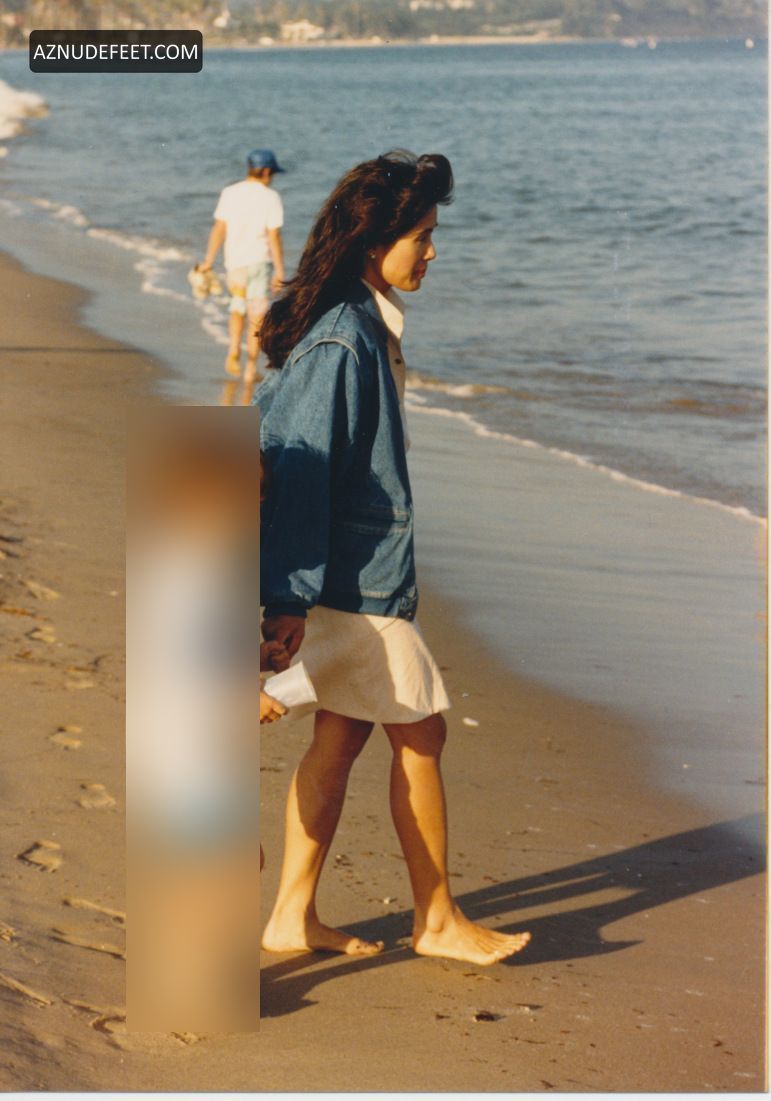Jean Marie Nude: Exploring Artistic Expression and Controversy Surrounding the Iconic Figure invites us to delve into a world where nudity in art is not merely an aesthetic choice but a profound statement on human form, vulnerability, and societal norms. Through the lens of history and modern interpretations, this exploration uncovers how artists have utilized nudity as a medium for storytelling and cultural critique.
This article aims to shed light on various artists named Jean Marie who have contributed significantly to the discourse around nudity in art. From academic recognition to personal journeys and professional achievements, we examine their works and legacies, highlighting the diverse ways nudity has been portrayed and perceived across different contexts. Join us as we navigate through the artistic expressions of these visionaries, understanding the impact they've had on both the art world and society at large.
Under the heading Artistic Excellence and Legacy, we explore the life and contributions of Jean-Marie Saint-Eve, whose work was celebrated in 19th-century France. His depiction of male nudity earned him prestigious accolades, marking a significant moment in the history of art. This section delves into his techniques, thematic focus, and the lasting impression he left on future generations of artists.
Transitioning to contemporary times, another Jean Marie, specifically Jean Marie Biele, shares her journey from being an avid photographer with a camera in hand during every social event to becoming a recognized figure in the Los Angeles arts scene. Her experiences highlight the evolution of photographic arts and the challenges faced by women in the industry, particularly when dealing with themes involving nudity.
In academia, Jean Marie Place's career as an Associate Professor of Health Science brings a unique perspective to our discussion. Although her field may seem unrelated to art, her teachings often intersect with discussions about body image and health, indirectly touching upon societal views of nudity and its implications beyond aesthetics.
Artistic Roots and Transformations
Jean-Marie Poumeyrol's story adds another layer to our narrative, illustrating the struggles faced by those who dared to pursue unconventional paths in art education. His dismissal from teaching mechanical draughtsmanship due to failing a nude drawing exam underscores the rigorous standards set within traditional art institutions and the pressure to conform to established norms.
Meanwhile, Jean-Marie Faure's role as Senior Manager in Unscripted Production Risk might appear distant from the realm of visual arts. However, his background and extensive network underscore the importance of managing risks associated with producing content that includes sensitive material such as nudity, reflecting broader industry considerations regarding censorship and public reception.
The legacy of Jean Marie Canèllas further enriches our exploration with his captivating albumen prints capturing nudes framed within historical contexts. Born in Spain yet active in France, his work exemplifies cross-cultural influences in artistic expression, emphasizing how geographical movements can shape an artist's style and subject matter.
Visual Narratives and Cultural Impact
Jean-Marie Auradon's paintings and vintage gelatin silver prints offer yet another dimension to our examination. Focusing primarily on female nudes, his creations from the 1950s continue to captivate audiences today, preserving a particular era's aesthetic sensibilities while challenging viewers' perceptions of beauty and identity. Auction records and sales data provide insights into the enduring value placed on such artworks, indicating their continued relevance in shaping cultural narratives.
As we conclude, it becomes evident that each Jean Marie discussed here contributes uniquely to the ongoing dialogue surrounding nudity in art. Whether through painting, photography, or scholarly pursuits, their collective efforts remind us of the power inherent in artistic representation—to provoke thought, inspire change, and ultimately celebrate the complexity of human existence.
In summary, this exploration reveals how varied perspectives and approaches contribute to a richer understanding of nudity's place within the arts. By examining these individuals' lives and works, we gain valuable insights into the multifaceted nature of artistic expression and its potential to transcend boundaries, challenge conventions, and foster meaningful connections between creators and audiences alike.

